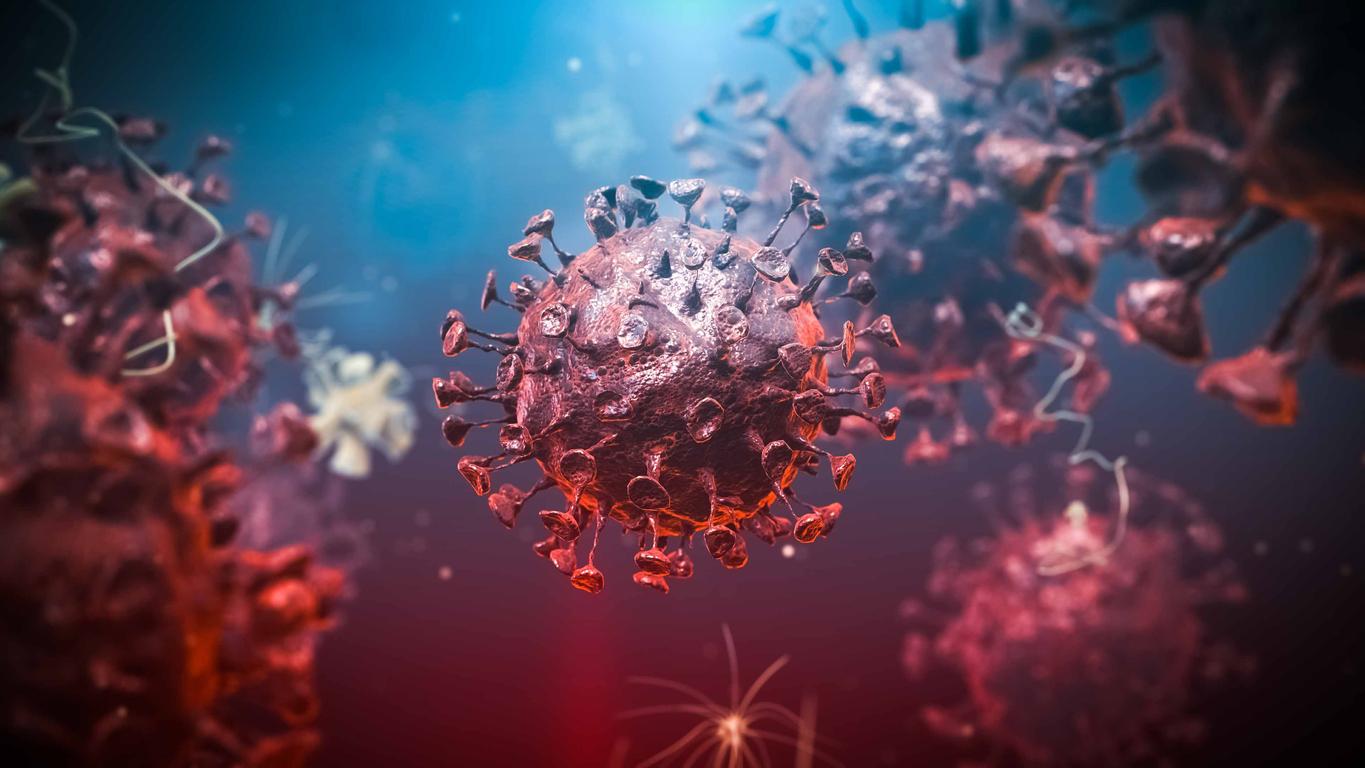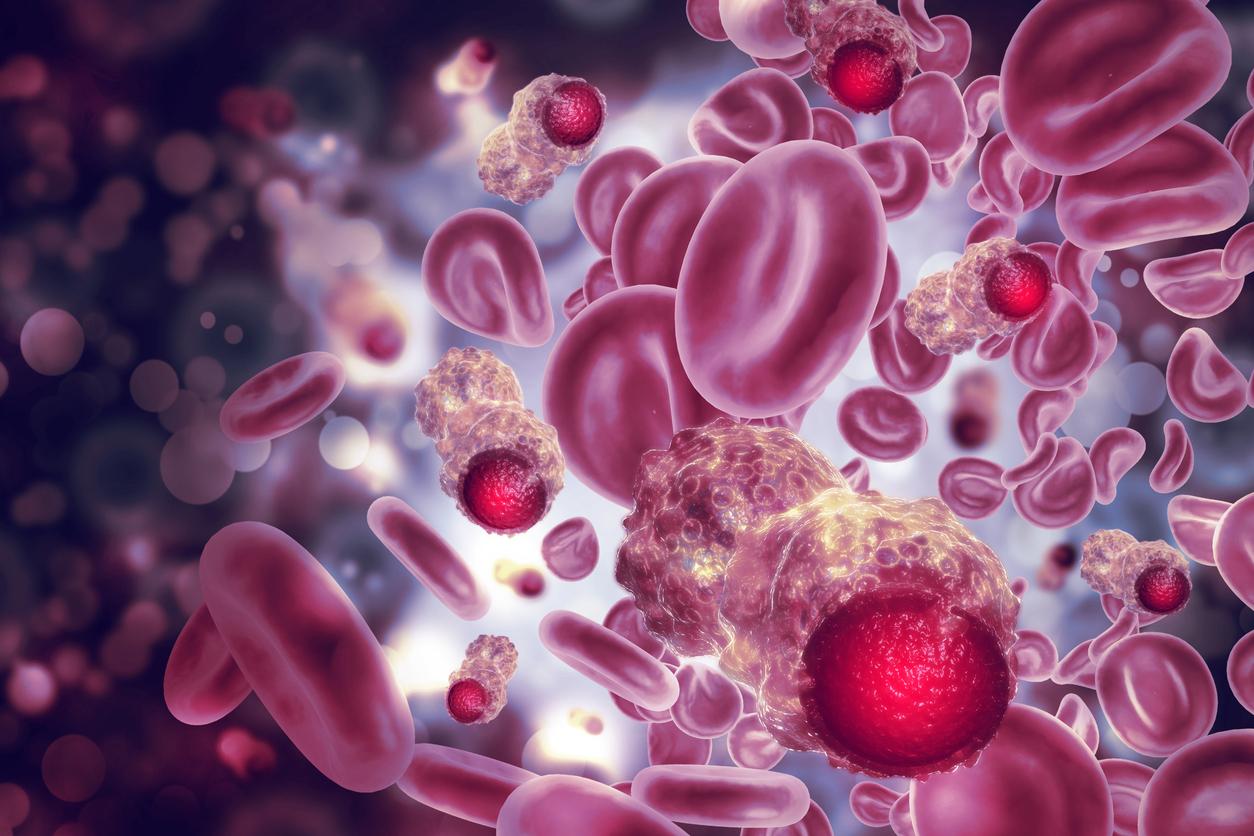Using a revolutionary new imaging technology called HiP-CT, clinicians were able to fully visualize the lungs of a patient affected by Covid-19 and thereby reveal the impact of the infection on oxygen levels. .

- This new ultra-bright X-ray medical imaging technology makes it possible to obtain images of an entire organ and at different scales, down to the cellular level.
- Used on the lungs of a donor who died of Covid-19, it highlighted a blood oxygenation problem in the lungs.
- Researchers now want to use this technology to create an atlas of human organs for surgeons and clinicians.
It is a new imaging technique “revolutionary” and at the “intense shine” which could provide new answers on the effects of Covid-19 on lung health and blood oxygenation.
This is how scientists from UCL and the European Synchrotron Research Facility refer to hierarchical phase contrast tomography, abbreviated as “HiP-CT”. In an article published in Nature Methodthey explain that they managed to map in 3D and at different scales the lungs of a donor who died of Covid-19, which allowed them to visualize the effects of the disease down to the cellular level.
A visualization of blood vessels 10 times thinner than a hair
This technology uses ultra-bright X-rays, up to 100 billion times brighter than a hospital X-ray. Thanks to this intense brilliance, researchers can visualize blood vessels five microns in diameter (or one-tenth the diameter of a hair) in an intact human lung. For comparison, a clinical CT can only see blood vessels 100 times larger, with a diameter of about 1 mm.
“The ability to see organs at scales like this will be truly revolutionary for medical imaging, says Dr Claire Walsh, a mechanical engineering researcher at UCL. When we start linking our HiP-CT images to clinical images through AI techniques, we will – for the first time – be able to validate ambiguous results from clinical images with high accuracy.”
New findings on Covid-19
Thanks to HiP-CT, it was able to confirm a hitherto unproven hypothesis: a serious Covid-19 infection “diverts” the blood between the two distinct systems – the capillaries that oxygenate the blood and those that supply the lung tissue itself. same. This cross-linking prevents the patient’s blood from being properly oxygenated.
“By combining our molecular methods with multi-scale HiP-CT imaging in Covid-19 affected lungs, we have gained a new understanding of how the cross-linking between blood vessels of the two vasculatures of a lung occurs in infected lungs, and its impact on oxygen levels in our circulatory system,” details Dr. Paul Tafforeau, co-author of the work.
Thanks to this new imaging technique, the researchers were able to observe in 3D the incredibly small vessels of a human organ such as the lung, and thus study its environment, as well as certain specific cells.
A projected atlas of human organs
The researchers now have another project: to produce an atlas of human organs. This atlas will present six donated control organs: the brain, the lung, the heart, two kidneys and a spleen, as well as the lung of a patient who died of Covid-19. This project also includes a control lung biopsy and a Covid-19 lung biopsy. The atlas will be available online for surgeons, clinicians and the interested public.
“The Atlas covers a hitherto little explored scale in our understanding of human anatomy, namely the centimeter to micron scale in intact organs. ‘one millimeter, while histology (studying cells/biopsy sections under a microscope), electron microscopy (which uses an electron beam to generate images) and other similar techniques can resolve structures with a sub-micron accuracy, but only on small tissue biopsies of an organ High-performance computed tomography bridges these two scales in 3D and can image whole organs to provide new insights into our biological constitution”explains Professor Peter Lee, who leads the project.
The researchers are also convinced that imaging at the scale of the whole organ down to the cellular level could provide additional information on many diseases such as cancer or Alzheimer’s disease.

.















